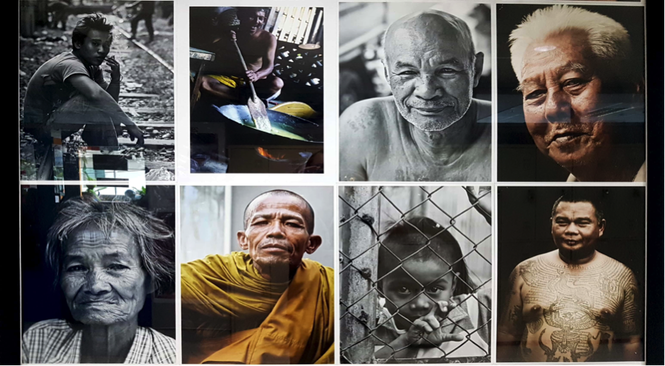‘Bangkok Characters and Characteristics’
A NIST community photography and video competition.
The team at NIST Geographic are running a creative competition to get students and members of the wider NIST involved in trying to capture the essence of the city we live in. As well as inspiring creativity the competition aims to foster deeper learning an understanding of Bangkok and the people who live here. The winning entries will be auctioned and a calendar created using the best images, all profits will go to supporting a local Bangkok service project.
Details of the competition are:
Categories:
Student:
Adult:
Photos, videos and articles must be created in the month of October and submitted by November 1st.
Full Details can be found at this link: NIST Photography Competition Details
Details of the competition are:
Categories:
Student:
- Photography: 2 categories:
- Bangkok characters (portraits)
- Bangkok characteristics (cityscapes)
- Video: A short film (2 minutes maximum)
Adult:
- Photography: 2 categories:
- Bangkok characters (portraits)
- Bangkok characteristics (cityscapes)
Photos, videos and articles must be created in the month of October and submitted by November 1st.
Full Details can be found at this link: NIST Photography Competition Details
Inspiration & Tips
National Geographic: Urban photo tips
National Geographic: People & portrait photo tips
Gallery: Steve McCurry Gallery
National Geographic: Urban photo tips
National Geographic: People & portrait photo tips
Gallery: Steve McCurry Gallery
